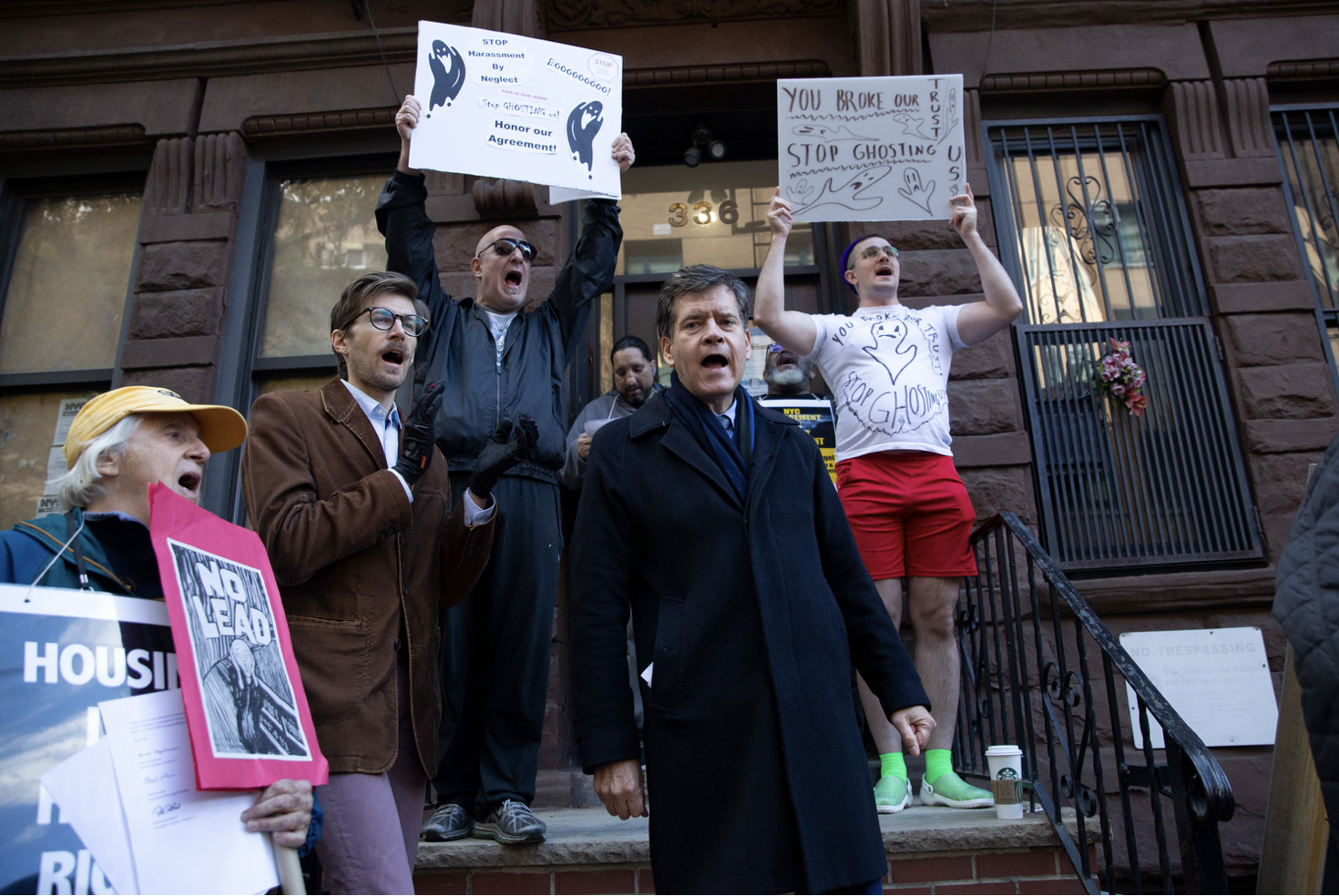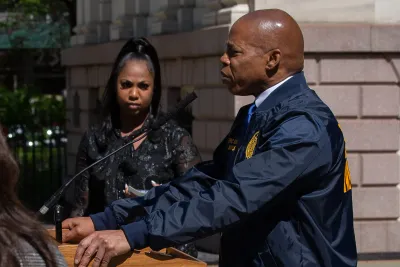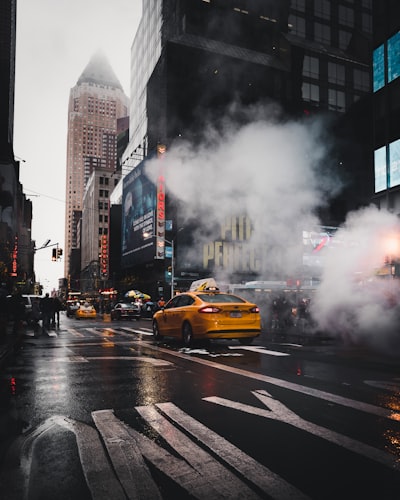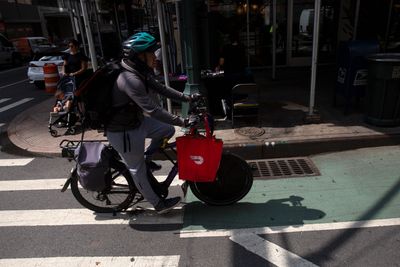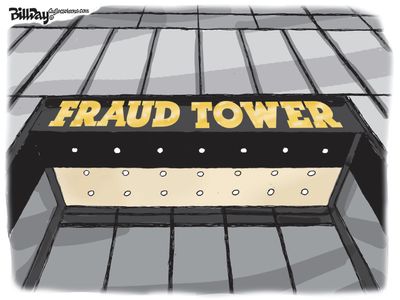Sam Rabiyah, The City

This article was originally published on Oct 20 5:30am EDT by THE CITY
Tens of thousands of vacant rent-stabilized apartments landlords reported to New York State in 2021 likely understates the true number that are empty.
That’s the contention of officials at the city’s housing agency, who shared with THE CITY previously unreleased figures that show 88,830 stabilized apartments were vacant in 2021 — far more than the 61,000 tallied by the state.
The city Department of Housing Preservation and Development based its estimate on survey data collected by the U.S. Census Bureau last year. HPD calculated in its 2021 Housing and Vacancy Survey analysis that New York City has 1 million stabilized units in all, mostly in buildings constructed before 1974 or those built more recently with tax subsidies.
That’s roughly 1 in 10 rent-stabilized apartments.
The estimate, shared with THE CITY by HPD’s chief researcher, was not included in the “Selected Initial Findings” report based on the same data, which HPD presented to the City Council in May.
HPD Chief Research Officer Lyz Gaumer said the higher estimate of vacant rent-stabilized apartments includes not only the 42,860 units deemed “unavailable” in the selected findings report, but also tens of thousands more the Census Bureau deemed “available for rent.”
This could include apartments that are currently for rent on the market — but also ones that landlords choose to keep off the market but that are otherwise habitable.
Either category could potentially include units landlords are warehousing, says Gaumer — who added that she considers these numbers to be “a very conservative estimate of the entire warehoused apartment universe.”
Department spokesperson Jeremy House said HPD’s numbers are more accurate than the state’s because they rely on a methodology that includes phone calls and door-knocking by Census Bureau reps.
“We are accounting for numbers that aren’t necessarily reported to the state,” he told THE CITY. House noted that the state uses information “reported to them by owners.”
/cdn.vox-cdn.com/uploads/chorus_asset/file/24124265/101922_w_17th_protest_4.jpg)
The Census data, collected every three years, is part of a legal process by which the City Council determines whether New York City still has a “rent emergency” — which is defined under state law by a vacancy rate of less than 5% of all apartments. The report found that 4.54% of all New York apartments were vacant as of 2021, up from 3.63% in 2017.
The landlord group Community Housing Improvement Program (CHIP) has sought to call attention to rent stabilized vacant apartments and blames restrictive 2019 reforms for making renting cost-prohibitive.
Jay Martin, the group’s executive director, said city data “proves that the laws need to be changed.” While he says that many of the units may be in between leases, “the extremely high number should send off alarm bells to lawmakers that something is wrong and needs to be fixed immediately to get these units back on line.”
What’s more, he said, the new numbers suggest that the Council’s vote to continue rent regulation may have been invalid. “If HPD claims there were an additional 45,970 rent-stabilized apartments available for rent during the 2021 Housing and Vacancy Survey then the overall vacancy rate was above 5% and the housing emergency could not have been legally declared by the City Council,” he said.
HPD shared its figures after THE CITY documented a steep increase in the number of vacant rent-stabilized units as the city emerged from COVID lockdown in 2021, based on a memo from the state’s Homes and Community Renewal agency. Our reporting showed that:
Tenants Protest
Tenants around the city are accusing landlords of holding open apartments without renting them — and in some cases, they allege, encouraging tenants to vacate.
On Wednesday, Chelsea tenants held an action outside their building detailing what they allege are hazardous living conditions, with 11 out of the building’s 15 apartments held vacant. Joined by elected officials, they announced the send-off of a letter of demands to landlord, Michael Besen.
The letter, signed by Public Advocate Jumaane Williams, State Sen. Brad Hoylman (D-Manhattan), Assemblymember Dick Gottfried (D-Manhattan), Manhattan Borough President Mark Levine and Councilmember Erik Bottcher (D-Manhattan), demanded the fulfillment of a 2020 legal agreement between Besen and the tenants that stipulated all remaining occupied apartments would receive renovations free of charge.
It also calls for the immediate resolution of 26 “immediately hazardous” housing code violations that are currently levied against the landlord — including nine for mice and cockroach infestations, nine for fire safety issues and two for unsafe electrical wiring.
Hoylman joined tenants at the rally, but it was tenants who held center stage. They allege that the owner, who took over the building in 2016, is not cleaning or maintaining the building on a regular basis — even though it was required under the settlement with Besen.
“We pay every month’s rent, and then they do this to us?” said Kiyoko Horvath, a 29-year tenant of the second floor at 336 W. 17th St.
/cdn.vox-cdn.com/uploads/chorus_asset/file/24124952/101922_w_17th_protest_7.jpg)
Horvath spoke out at the rally regarding the “toxic dust … falling like rain” from her hallway during a period of heavy construction in 2020.
According to Horvath, her ceiling had collapsed in January 2019, sending her husband to the emergency room and leading to her landlord to relocate her to another unit to renovate her apartment. More than a year later, she hasn’t been able to move back.
Besen did not respond to requests for comment from THE CITY.
THE CITY is an independent, nonprofit news outlet dedicated to hard-hitting reporting that serves the people of New York.
